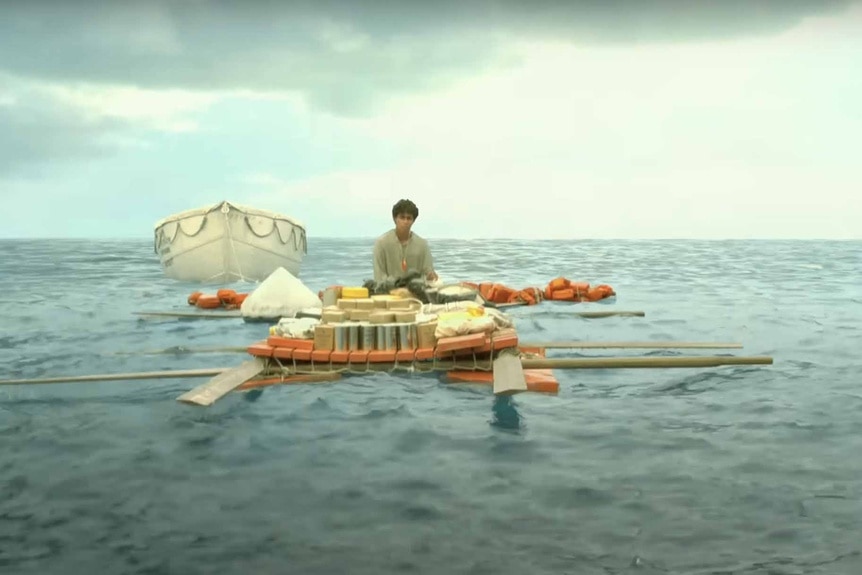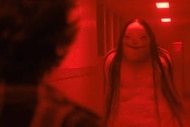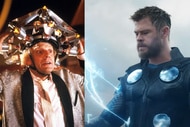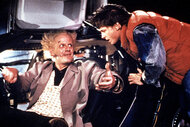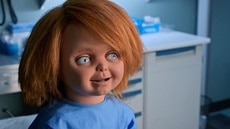Create a free profile to get unlimited access to exclusive videos, sweepstakes, and more!
Life of Pi: The Movie that Changed the VFX Industry Forever
Life of Pi featured one of the best digital characters ever, but it also foretold trouble for the VFX industry.
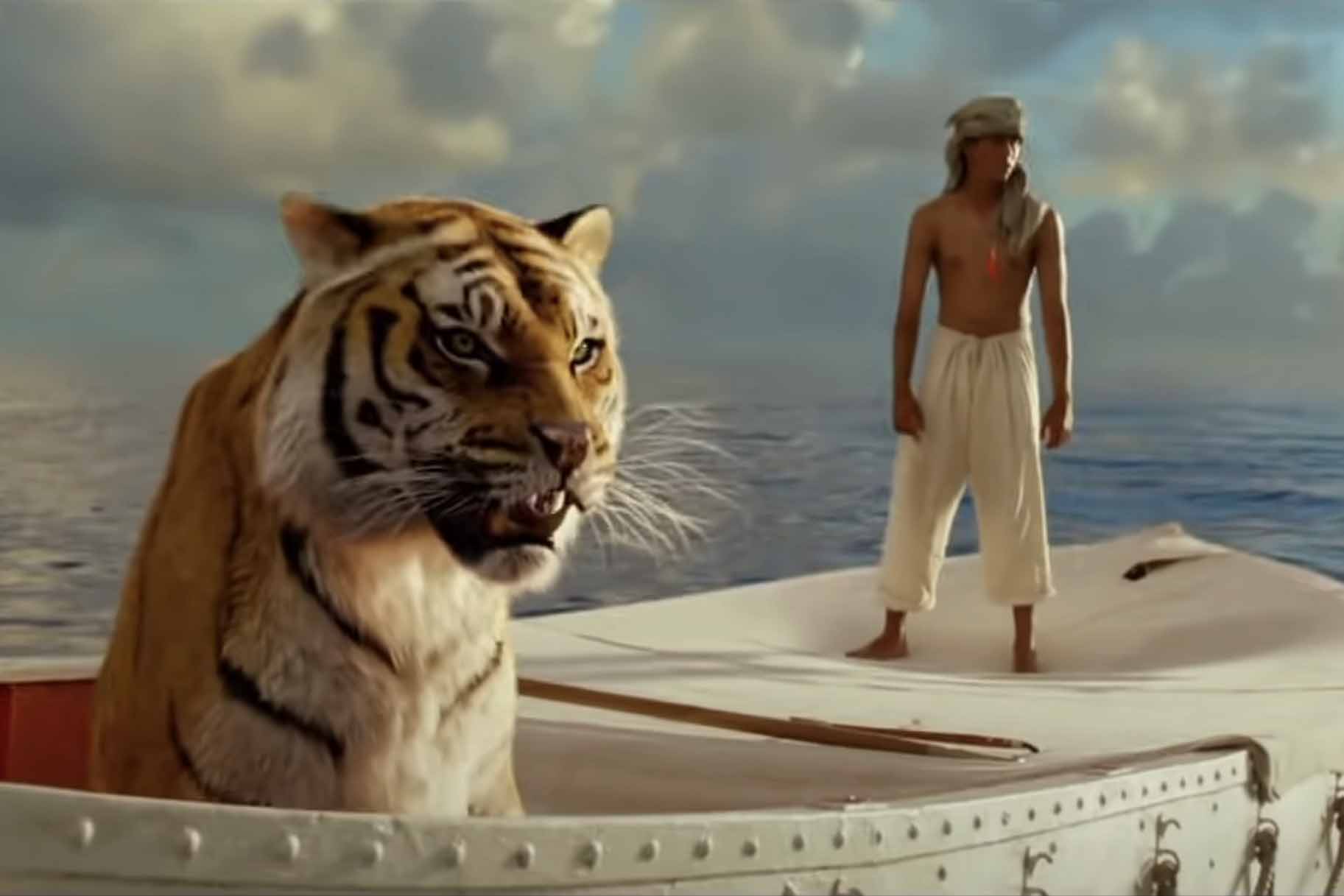
Over the last decade, the issue of untenable turnaround times for visual effects (or, VFX) and the grind that it puts on its often low paid artists has come to the fore yet again. Tentpole blockbusters have taken position as the focus titles for major studios looking to draw crowds to theaters, especially in the wake of the pandemic. With the green light for VFX heavy films, comes the crunch to achieve the work in a time span that is almost entirely focused on making a release date. That, plus the fact that there are only so many VFX houses who can handle the quality and quantity of shots that come with superhero films, science fiction epics, and even high concept, prestige television shows, means the post production process is often an exhausting sprint to completion.
You may not remember, but a singular film in 2013 jumpstarted the industry conversation about the viability of creating premium visual effects under the budget and time constraints that often come with Hollywood films. The film in question was director Ang Lee's much loved adaptation of Yann Martel's novel, Life of Pi. It featured an entirely digital tiger that evoked an emotional performance against human actor Suraj Sharma. The tiger was so convincing that it won the film the Academy Award for Best Visual Effects based on the incredible work of VFX house, Rhythm & Hues Studios. Their tiger creation was a benchmark for the potential of the craft... that also helped bankrupt the company.
With Life of Pi now available to stream on Peacock, SYFY WIRE takes a look back on the pivotal visual effects film that helped broaden the ambition of CG character work, but also changed the visual effects industry forever.
For More on VFX:
Revisiting 2010's Remake of The Wolfman and That Visceral Operating Theater Transformation
Inside How Nope Invented Its Killer Creature & Literally Built a VFX Night Sky for The Big Bad
Understanding the Uncanny Valley with The Mummy Returns
Why Life of Pi became the film that signified the end of a VFX era
Life of Pi has a deceptively simple premise: 16-year-old Pi Patel (Sharma) survives a lethal storm at sea when he's thrown into a lifeboat. When he wakes, he finds that some animal's from his father's zoo — a zebra, an orangutan, a hyena, and a Bengal tiger — are also onboard with him. Pi is saved from certain death from the hyena by the tiger, which leaves just the two of them alone on the Pacific Ocean for 227 days.
Ang Lee had previously worked with Rhythm & Hues Studios on his 2003 version of Hulk, so he returned to the studio to see if they could help him create an entirely digital tiger that could convince audiences that it was real and also give a performance that never pulled viewers out of the film.
In 2005, R&H had created the Aslan digital lion for The Chronicles of Narnia: The Lion, the Witch and the Wardrobe, which was an impressive standard they had improved upon in the ensuing years. But by 2009, when they first started talking about Pi, Lee's ambition was still no small ask. Visual effects were still working towards the kinds of entirely digital characters that are the norm now. There was also the added challenge of Lee wanting the film to be in 3D, the same year that James Cameron's Avatar would be released.
After a year of research and development, R&H utilized every one of their offices around the world — including artists in Los Angeles, Mumbai, Hyderabad, Kuala Lumpur, Vancouver, and Kaohsiung — to achieve the kind of detail and performance needed to make the tiger look like it existed in the intimate space of a life boat with Pi, and in the CG water that surrounded them. Both were huge achievements considering how hard it is to make digital water interact with humans, much less digital characters with complex fur that was also wet at times. It took thousands of artist hours to troubleshoot; create new techniques and proprietary software; and animate and perform the tiger to a level never quite seen before, with the kind of practical, tactile, and existential needs that Lee requested.
Why did Life of Pi bankrupt Rhythm & Hues Studios?
To be clear, Life of Pi wasn't the reason that R&H went into bankruptcy. But it was definitely the last nail in the coffin for an innovative VFX company that was drowning in a business model that wasn't allowing their company or artists to thrive in a post production ecosystem squeezing them in debilitating ways.
Per The Hollywood Reporter, during the period of 2003 to 2013, 21 VFX companies closed or filed for bankruptcy. The creeping problems boiled down to several issues. One was the far-too-tight production timelines for visual effects companies to turnaround and deliver up to 2000 individual shots for films that were constantly being changed in the edit. The industry also had a fixed bid problem where companies would flat bid for work, and often underbid to get the work. In the end, the VFX houses would lose money when invariably more work would be needed than was initially estimated, or changes would negate the already tight margins.
Furthermore, the industry is not a cheap part of production. The cost of expensive computers and software needed to create the visual shots — not to mention the proprietary software created by many companies to make their digital wonders their own — is always working at a deficit. New computers, more RAM and equipment, the rendering farms needed to composite the effects, and those experienced programmers who keep it all running is a never-ending cycle. There's no getting by on the cheap, which means expenses can get out of hand quickly.
What Pi showed ever so starkly is that even the very finest VFX work doesn't guarantee that a VFX house can survive. Today, one of the few U.S. based VFX houses still standing is Industrial Light + Magic. But all visual effects houses, including ILM, have had to move the bulk of their operations outside of the U.S. to India, Canada, Australia, China, and England. In their satellite studios, they've trained local artists (or wooed artists to move to them) who often have lower wage standards than in the United States. Tax incentives in other countries trying to grow their film economies are also a huge lure to keep costs down for VFX companies. They get incentives to hire locally and build new pools of talent, which allows them to expand, bid more, and take on more projects which keep them solvent.
So as you watch Life of Pi, an excellent film on all levels, take note that is was the film that also signified a major shift in the visual effects industry that is still trying to find its groove to this day.
Watch Life of Pi, streaming now on Peacock.
